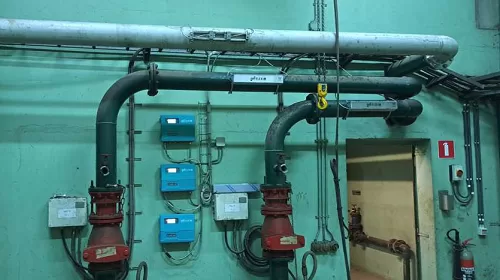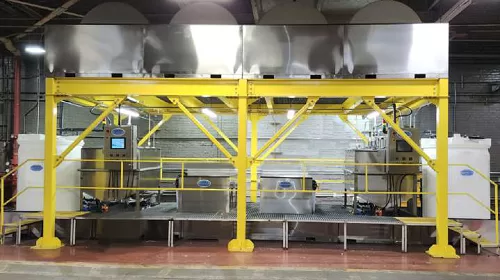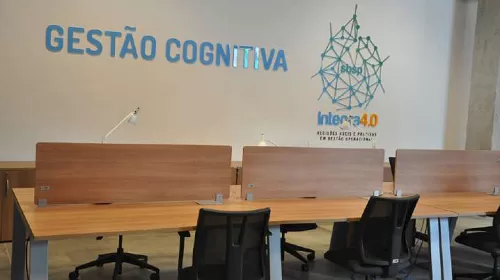By Rohit Dembi, Head –Digital Engineering Services, NJS Engineers India Pvt. Limited
Project Summary The water system for Guwahati, the largest city in the northeastern region of India, was originally built to harness the Brahmaputra River with a gravity-based distribution system. Unregulated development led to water supply problems, as well as high water pressure in 60% of the system. To improve water distribution and the quality of life for residents, NJS Engineers India was tasked with constructing or upgrading water infrastructure throughout the city, including 36 kilometers of transmission mains, 1,155 kilometers of distribution pipes, 1.42 million service connections, a treatment plant, pumping stations, and other infrastructure. Due to the size of the project, NJS needed to combine design, construction management, and hydraulic models into a single platform.
Solution NJS used BIM methodology and hydraulic modeling to design, organize, and execute the water supply project. The organization developed an online portal that integrated with a connected data environment, to help design teams collaborate and manage engineering data as well as 3D images of water infrastructure. Within this portal, hundreds of designers from various disciplines collaborated on designs, determined which water zones needed to be reworked, iterated designs of new structures, and detected and resolved clashes. Working within 3D models, NJS developed construction, maintenance, and environmental protection plans for the full lifecycle of the project.
Outcome By using hydraulic models to determine where pressure-reducing valves or break pressure tanks were needed, NJS successfully reduced high pressure throughout the water system. Analyzing the existing water system allowed design teams to determine the condition of critical pipe segments, remediate any issues, and create proactive maintenance plans. Sharing data among teams and planning construction schedules during the design phase saved 175 resource days and reduced the overall cost of the project by 6%. The 3D model database created for the project can be used for proposed sewer work and the development of a digital city platform.
Software ProjectWise provided an open, connected data environment to facilitate collaboration among designers in multiple locations and manage customer needs and feedback during construction. Open Flows Water GEMS allowed designers to produce hydraulic models, which helped determine the areas that were prone to high water pressure and where pressure-reducing valves were needed in major pipelines. Open Flows Water GEMS and Open Cities Map were integrated together to determine which specific customers needed pressure-reducing valves installed at the point of delivery, while OpenFlows HAMMER helped define operations and maintenance plans. STAAD assisted NJS with the design and review of structural engineering work for structures such as the water treatment plant.
Project Playbook: OpenCities Map, OpenFlows HAMMER, OpenFlowsWaterGEMS, ProjectWise, STAAD OUTCOME/FACTS The water infrastructure for Guwahati, the largest city in northeastern India, suffered from water supply problems, as well as high water pressure in 60% of the system. 8 By using hydraulic models to determine where pressure-reducing valves were most needed, NJS successfully reduced high pressure in problem areas. 8 Sharing data among teams and planning construction schedules during the design phase saved 175 resource days and reduced the overall cost of the project by 6%. 8 The project’s 3D visualization database can be used for proposed sewer work and the development of a digital city Platform.





